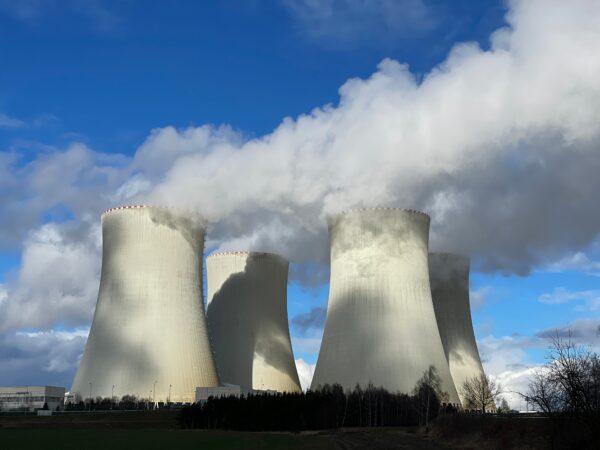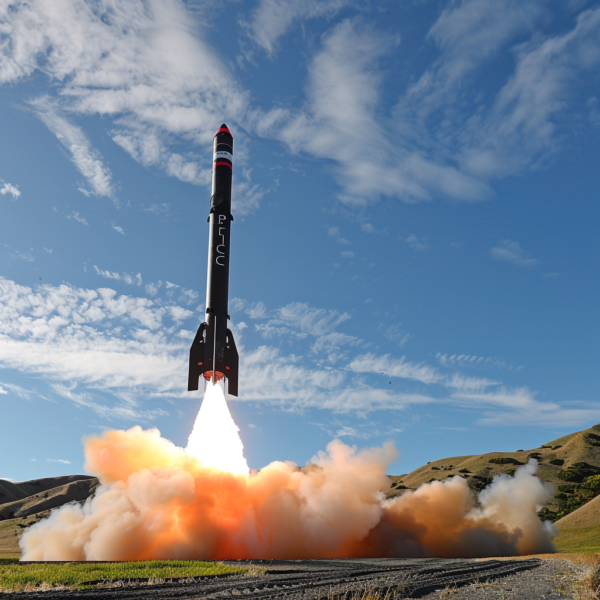What “Creative Destruction” Can Teach You About Buy-and-Hold Investing
IBM Corp. (NYSE: IBM) is celebrating its 109th year.
That’s an astonishing achievement for any company, let alone one in the dynamic technology sector.
“Big Blue” is a remarkable exception in a world where yesterday’s heroes become today’s zeros.
But even IBM eventually lost its identity as a “one decision” stock.
Portfolio managers used to say that “no one ever got fired for buying IBM.”
Today, IBM has long ceded that role to today’s tech giants.
The Essence of “Creative Destruction”
Austrian economist Joseph Schumpeter popularized the phrase “creative destruction” in the 1950s.
According to Schumpeter, the “gale of creative destruction” describes the “process of industrial mutation… that continuously revolutionizes the economic structure from within, incessantly destroying the old one, incessantly creating a new one.”
Capitalism always creates new ideas and new products. The new always pushes out the old.
The U.S. stock market offers many examples of creative destruction.
In the 1920s, the Radio Corporation of America, or RCA, was the Google of its day.
RCA was a fast-growing company with new technology – the radio – that transformed the world of mass communication.
RCA lived a remarkably long life for a technology company, born in 1919 and passing on in 1986.
Creative Destruction Modified
Schumpeter’s insight has stood the test of time. But today, I would add to it the idea of “exponential change.”
The pace of creative destruction is accelerating as the average life span of companies is shrinking.
In 2005, consumers’ phones were either Motorola (in the United States) or Nokia (everywhere else). Businesspeople carried BlackBerrys manufactured by Canada’s BlackBerry Limited (NYSE: BB), originally known as Research In Motion.
All three of these names have all but disappeared.
Motorola’s cellphone business, Motorola Mobility Holdings, is part of Chinese-owned Lenovo (OTC: LNVGY), even as its market share has shrunk to 4% in the United States. Microsoft (Nasdaq: MSFT) acquired Nokia (NYSE: NOK).
At its peak, BlackBerry owned more than 50% of the U.S. smartphone market and 20% of the global smartphone market. It boasted a stock price of more than $230. Today, BlackBerry has a 0% share of the smartphone market and is trading at around $4.75.
BlackBerry’s fate echoes that of Palm.
Palm – a pioneering company in the world of “personal digital assistants” – was once a high-flying company. Its share price hit a high of $95.06 in 2000 and a market capitalization of $53.3 billion.
HP (NYSE: HPQ) acquired Palm for $5.70 a decade later. It eventually ended up in the hands of the Chinese electronics firm TCL.
And no one has heard of Palm since.
Even technology survivors turn into a shadow of themselves.
Cisco Systems (Nasdaq: CSCO) was once expected to be the first $1 trillion company. Two decades later, it’s worth just 18% of that lofty amount.
These are all interesting stories, for sure.
It’s hard to believe that the same fate likely awaits today’s tech darlings Alphabet (Nasdaq: GOOGL) and Apple (Nasdaq: AAPL).
The Challenge of Creative Destruction for Warren Buffett
The fate of these former tech giants highlights the challenges of Warren Buffett’s “one decision” investing.
When Buffett buys a stock, his ideal holding period is “forever.”
And this worked remarkably well for him. Until it didn’t.
Over the last 54 years, Berkshire Hathaway‘s (NYSE: BRK) book value has grown from $19 to $311,126. That works out to a rate of 19.7% compounded annually.
That figure, however, conceals as much as it reveals.
Berkshire’s average rate of return up until about 2000 was right around 30%. But long-term investment returns have plummeted over the past 20-plus years.
The numbers bear this out.
On June 19, 1998, Berkshire’s share price was $80,900. On Friday, March 24, 2016, it closed at $210,530.
That works out to a far less impressive annual return of only 5.5% a year over the last 22 years.
And that’s far more than just a streak of bad luck.
After all, 22 years account for 40% of Berkshire’s lifetime under Buffett’s stewardship.
The Investing Lesson of Creative Destruction
Buffett’s investment approach ignores creative destruction.
He invests in businesses that remain the same over time.
After all, consumers shave with Gillette razors, drink Coca-Cola and eat Kraft cheese every day. This approach explains Buffett’s aversion to technology companies.
On the one hand, this philosophy ensured that Buffett avoided the BlackBerrys and Palms of the world.
On the other, Buffett never invested in the Microsofts, Googles or Amazons either.
The greatest irony is that Buffett’s most successful single investment may turn out to be Apple.
This technology giant now accounts for more than $100 billion of Berkshire Hathaway’s portfolio.
I believe the absence of “creative destruction” – and, by extension, exponential change – from his investments helps explain Berkshire’s flagging returns.
The greater the creative destruction in a sector, the greater the potential profits.
The biggest challenge?
Make sure you bet on the winners.
About Nicholas Vardy
An accomplished investment advisor and widely recognized expert on quantitative investing, global investing and exchange-traded funds, Nicholas has been a regular commentator on CNN International and Fox Business Network. He has also been cited in The Wall Street Journal, Financial Times, Newsweek, Fox Business News, CBS, MarketWatch, Yahoo Finance and MSN Money Central. Nicholas holds a bachelor’s and a master’s from Stanford University and a J.D. from Harvard Law School. It’s no wonder his groundbreaking content is published regularly in the free daily e-letter Liberty Through Wealth.







